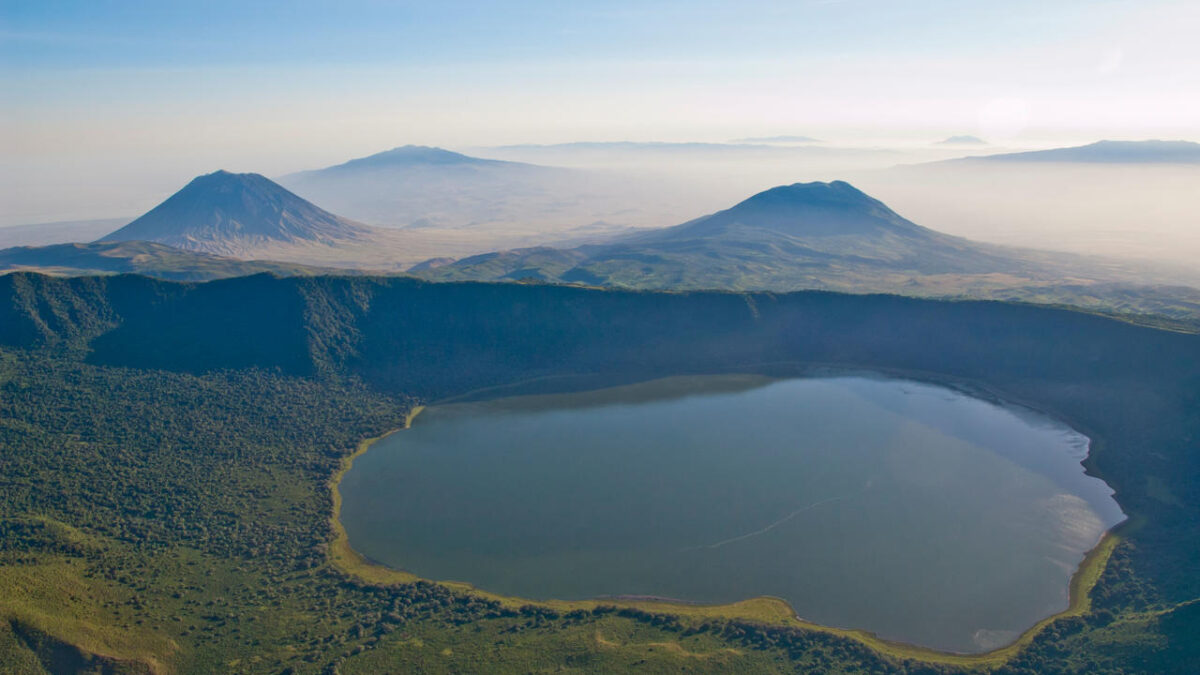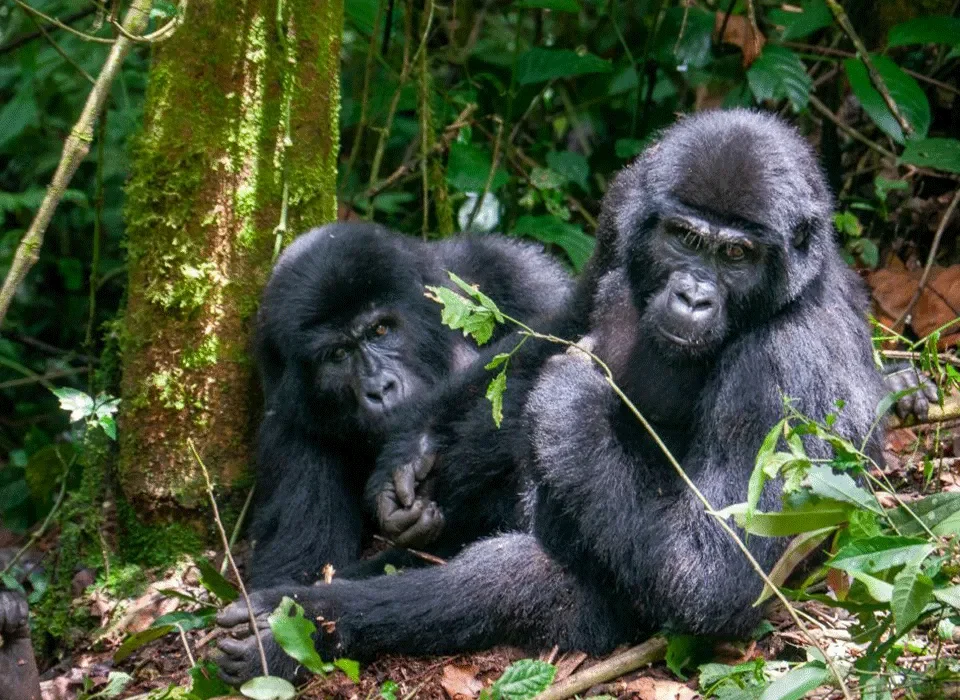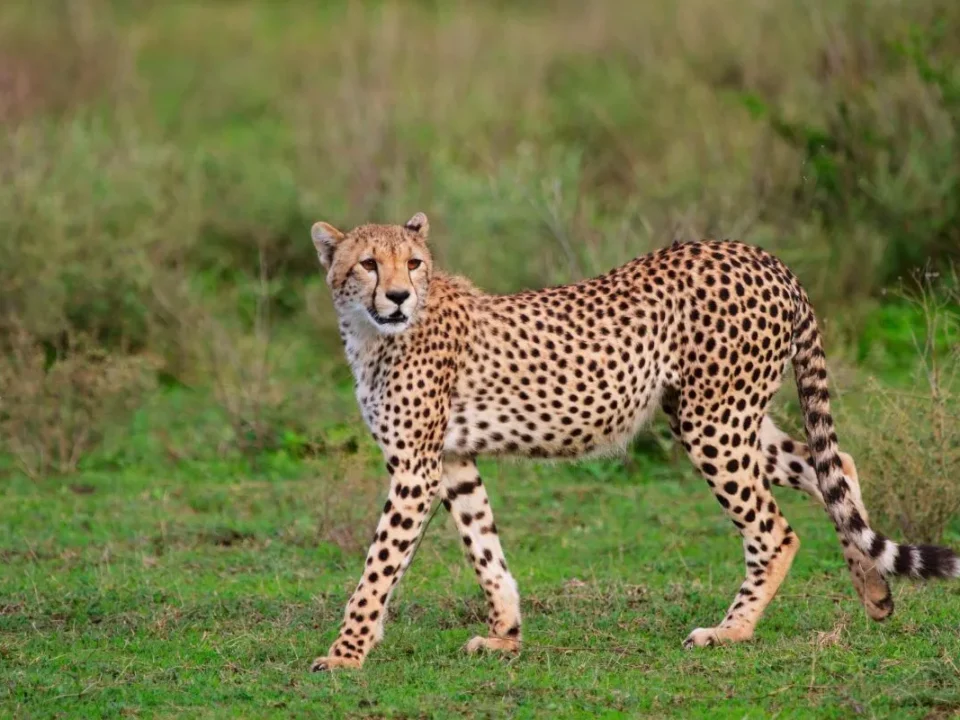Lake Ndutu in Ngorongoro Crater, Tanzania

Safari in March Wildebeest Migration Pattern
December 10, 2023
Hidden Valley in Serengeti, Tanzania
December 10, 2023Lake Ndutu in Ngorongoro Crater, Tanzania – A Natural Marvel and Wildlife Extravaganza
Lake Ndutu in the Ngorongoro Crater stands as a testament to the geological wonders of Africa. Once a towering giant rivaling nearby Mount Kilimanjaro, this mighty mountain experienced a transformative eruption, collapsing upon itself and giving rise to a caldera of extraordinary proportions – a hundred square miles, 12 miles wide, and 2,000 feet deep. What was once the continent’s highest peak now lay as an inverted impression, awaiting the magic of time to breathe life into its vast basin.
Over millions of years, this geologic marvel evolved into a thriving ecosystem. Freshwater pockets formed, lush vegetation flourished, and the call of the wild echoed through the crater. The unique topography of the caldera created an enclosed haven, enticing diverse wildlife that descended into its bowl-shaped embrace, never to depart.
Lake Ndutu, a shallow alkaline lake nestled on the eastern border of the Serengeti National Park in northern Tanzania, serves as a vital water source for the region’s rich array of wildlife. It shares its basin with Lake Masek, located a short distance to the east within the Ngorongoro Conservation Area.
In 1973, the shores of Lake Ndutu became an archaeological treasure trove. An excavation site covering 140 square meters yielded the Ndutu cranium and various tools, offering a glimpse into human history dating back over 500,000 years.
Experiencing Lake Ndutu – A Paradise for Wildlife Enthusiasts
Lake Ndutu is a haven for game watching, drawing animals to its shores throughout the day. The morning hours are particularly vibrant, offering sightings of Thomson’s gazelle, wildebeest during their season, zebras, giraffes, and the iconic flamingos.
For those seeking an immersive encounter with nature, Lake Ndutu promises an unparalleled experience. The proximity to wildlife and the tranquil scenery make it a must-visit destination for enthusiasts of the natural world.
Best Time to Explore Ngorongoro Crater and Lake Ndutu
The optimal time to visit Ngorongoro Crater, especially Lake Ndutu, is during the last months of the year. This period aligns with the presence of wildebeests in or near the area, enhancing the wildlife spectacle. Privately owned camps also open during this season, providing an exclusive opportunity to witness the wonders of the crater.
It’s worth noting that the rainy seasons require a robust 4×4 vehicle to navigate the clay soils surrounding the lakes. However, the breathtaking views and the chance to witness the wildebeest migration make it a rewarding adventure for those equipped for the journey.




